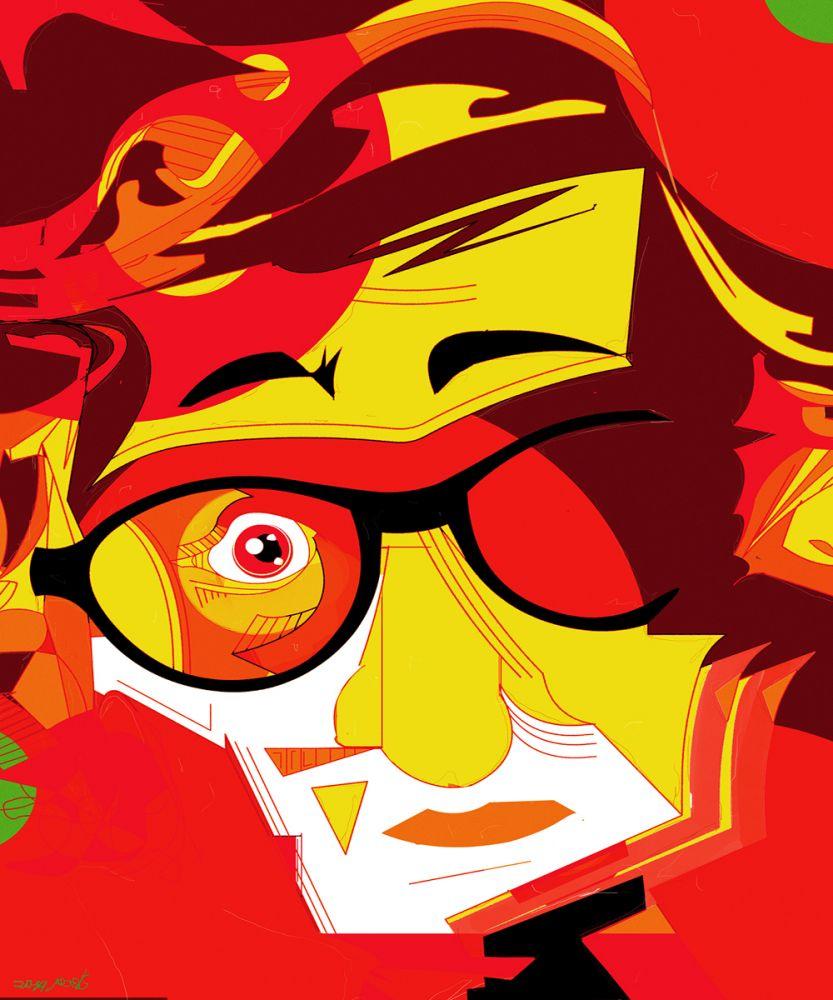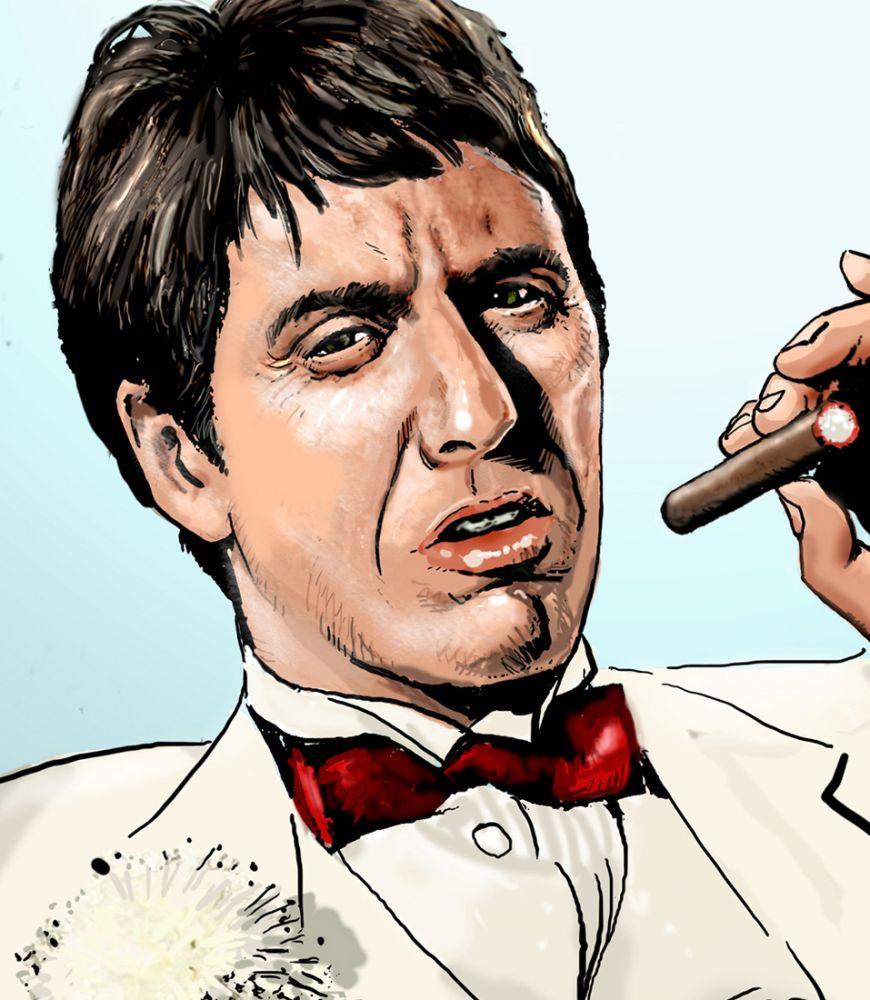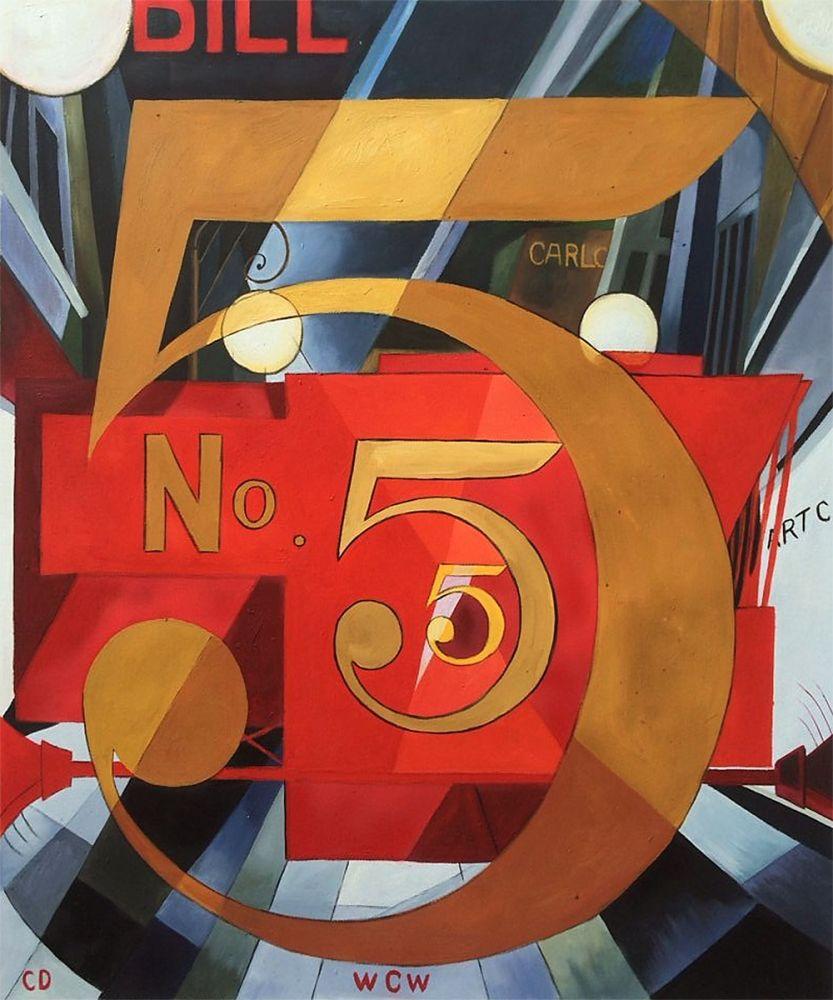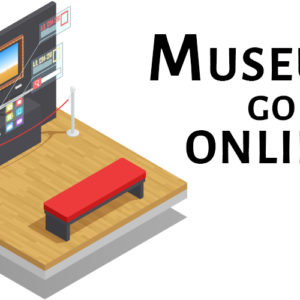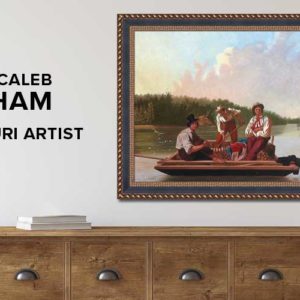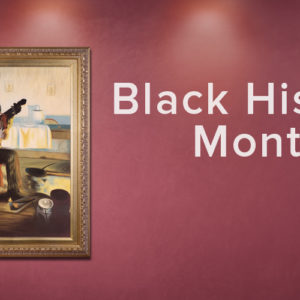Art
Art History
Art Reflections
ArtistBe.com
Pop Art: Building Bridges
Pop art is one of the first art movements to become widespread in America, although it actually came about in Britain during the mid to late 50’s in a group that was coined as ‘The Independent Group.’ It featured subjects that, rather than telling a story, having a meaning or theme and displayed commonplace everyday objects. Artists tried to pull the common man into the world of art by using media and pop culture; as well as iconic objects and people in their work.
 One of the reasons Pop art became so widespread and mainstream was because of its ability to be mass produced. It was used in the media, advertising, comic books, & other forms of entertainment in a commercial way. Most pop artists actually began their careers in the form of illustration and advertisement. The movement played off of capitalism and consumerism to expose itself to the culture.
One of the reasons Pop art became so widespread and mainstream was because of its ability to be mass produced. It was used in the media, advertising, comic books, & other forms of entertainment in a commercial way. Most pop artists actually began their careers in the form of illustration and advertisement. The movement played off of capitalism and consumerism to expose itself to the culture.
Andy Warhol, born in 1928 from Pennsylvania, became the leading figure in the Pop Art movement in the 60s. He began his career as a commercial artist, becoming known for his unique style and techniques. His first exposure came from his famous paintings of Campbell’s soup cans and the portraits of celebrities such as Marilyn Monroe. He opened his own studio called ‘The Factory’ and also later published books, dabbled in photography and film, and found himself in the Television business.

Roy Lichtenstein, another famous artist of the movement, was born in New York and studied art for the majority of his early life before getting his bachelor’s degree in Fine Arts. He was known for his use of mechanical techniques in producing his art, which was similar to what one would find in mass produced comic books. This is part of the reason why his work was heavily critiqued, being accused of copying and alterations, although his style has become iconic for the time.
Artists like Andy Warhol and Roy Lichtenstein wanted to present the world of higher art to the common man by creating works that built a bridge between the classes. Their vision was to bring art to the world by an efficient means, accessible to people of all kinds.



